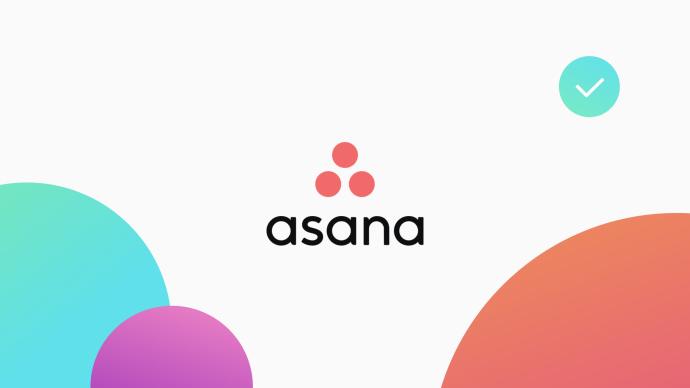Asana: Revolutionizing Team Collaboration

Introduction
Asana, renowned for its robust project management capabilities, is designed to facilitate team collaboration and streamline task management. Launched in 2008, Asana has become a pivotal tool for businesses and individuals, targeting a broad user base including small startups to large enterprises.
Brief History
Initially developed by Facebook co-founder Dustin Moskovitz and former engineer Justin Rosenstein, Asana was created to address the challenges of work collaboration and productivity. The platform has evolved significantly, continuously adding features to enhance user experience.
Target Audience
Asana caters to a diverse range of industries and team sizes, from small businesses to large corporations, with a particular focus on improving team collaboration and project visibility.
Key Features and Capabilities
- Goal Alignment: Asana uniquely integrates goals into its platform, allowing teams to connect their daily work to strategic company objectives.
- Cross-Team Collaboration: Rated highly for its ability to facilitate cross-team collaboration, Asana ensures seamless communication and workflow management.
- Complex Work Management: The platform is adept at handling complex tasks, and providing clarity on responsibilities and deadlines.
Unique Selling Points
- AI Integration: Asana's recent integration with AI (Asana Intelligence) offers smarter work management, pushing the boundaries of traditional project tools.
- Enterprise-Grade Security: Asana promises top-tier security, ensuring data protection and compliance with the latest standards, making it a reliable choice for sensitive projects.
User Interface and Usability
Asana’s user interface is designed for ease of use, helping teams to focus and define each stage of work effectively. Its intuitive design allows users to quickly understand task priorities and bottlenecks.
Integration and Compatibility
- Extensive Integrations: Asana boasts over 200 integrations, allowing users to connect their favorite tools for a unified workflow experience.
- Cross-Platform Availability: Asana is accessible on various devices and operating systems, enhancing its usability across different work environments.
Real-world Applications and Use Cases
Asana's adaptability makes it suitable for a range of applications, from simple task tracking to managing large-scale projects. It is particularly effective in aligning diverse teams and ensuring that everyone is updated on project progress and goals.
Pros and Cons
Pros:
- Versatile project management features.
- Effective goal alignment and progress tracking.
- Robust security and a wide array of integrations.
Cons:
- May have a learning curve for new users.
- Advanced features require a premium subscription.
Comparative Analysis
Compared to similar tools like Trello and Monday.com, Asana stands out for its goal-centric approach and AI-powered features, offering more than just task management.
Conclusion
Asana is a comprehensive solution for work management, offering clarity, accountability, and improved team collaboration. It's an ideal tool for organizations seeking to align team efforts with strategic goals and enhance overall productivity.
References and Further Reading
For more information, visit Asana's official website. Further insights can be gained from user reviews and case studies provided by industry experts.